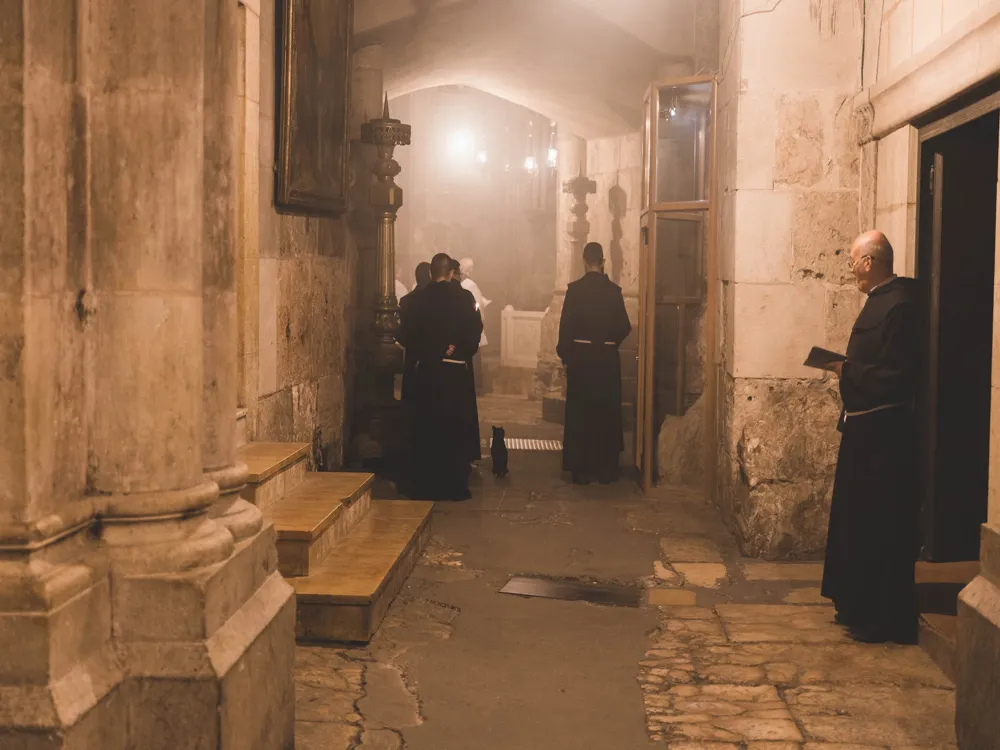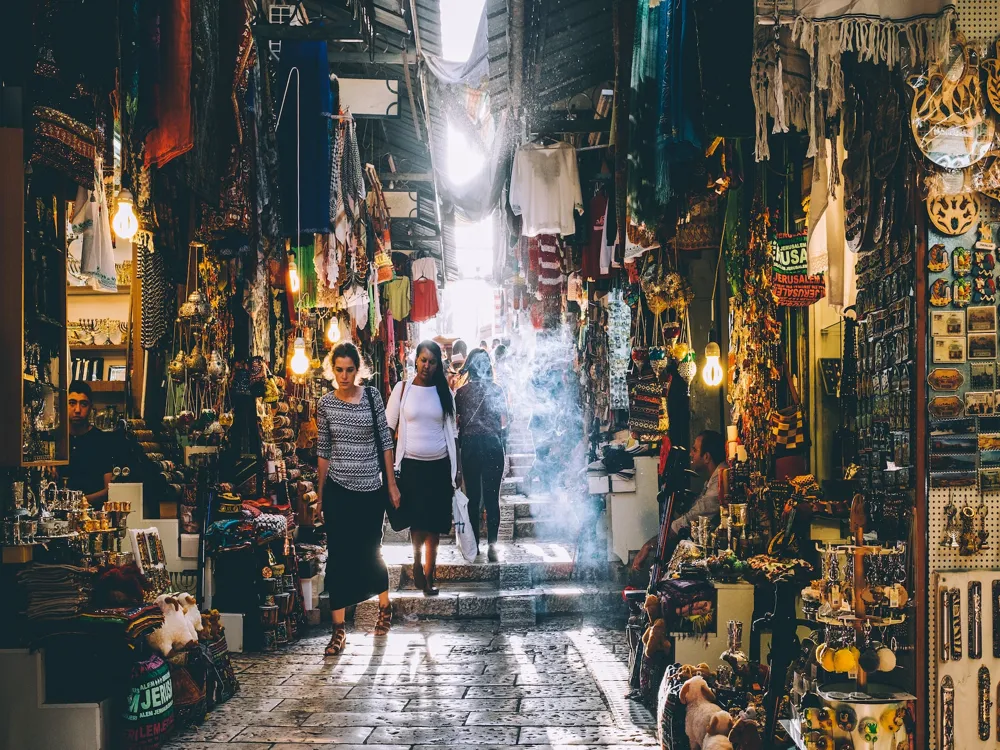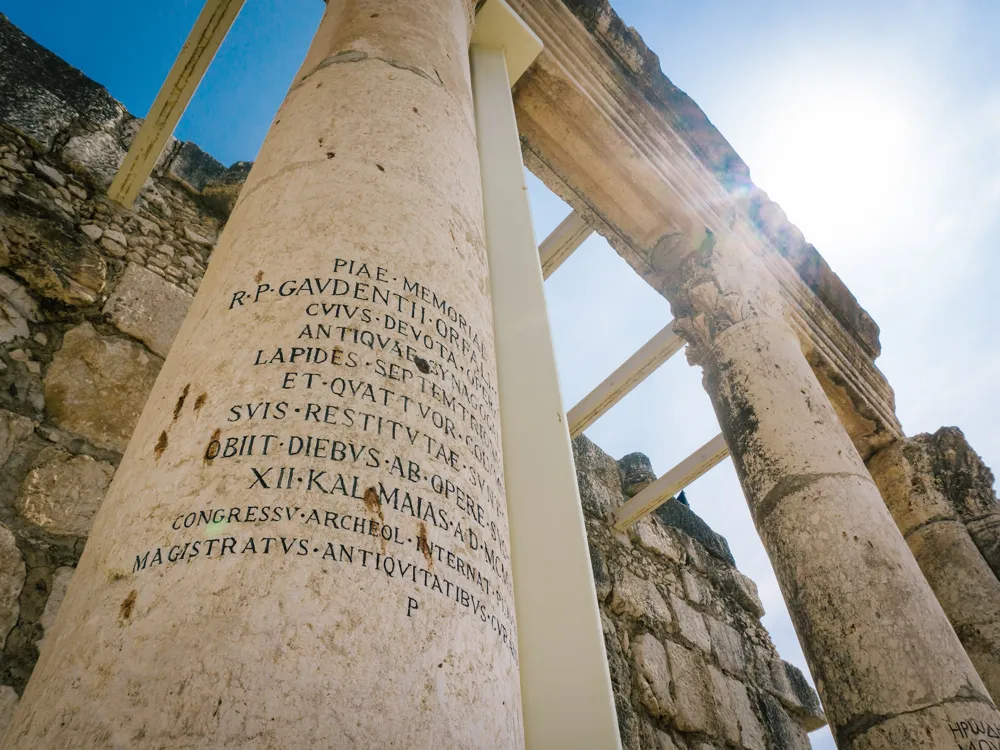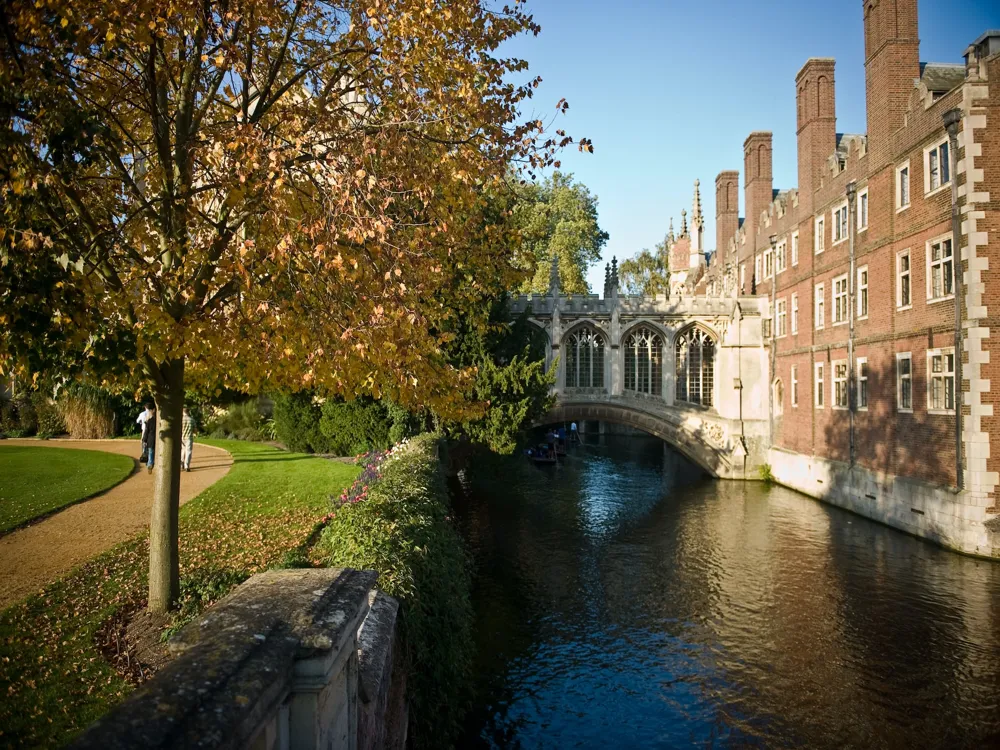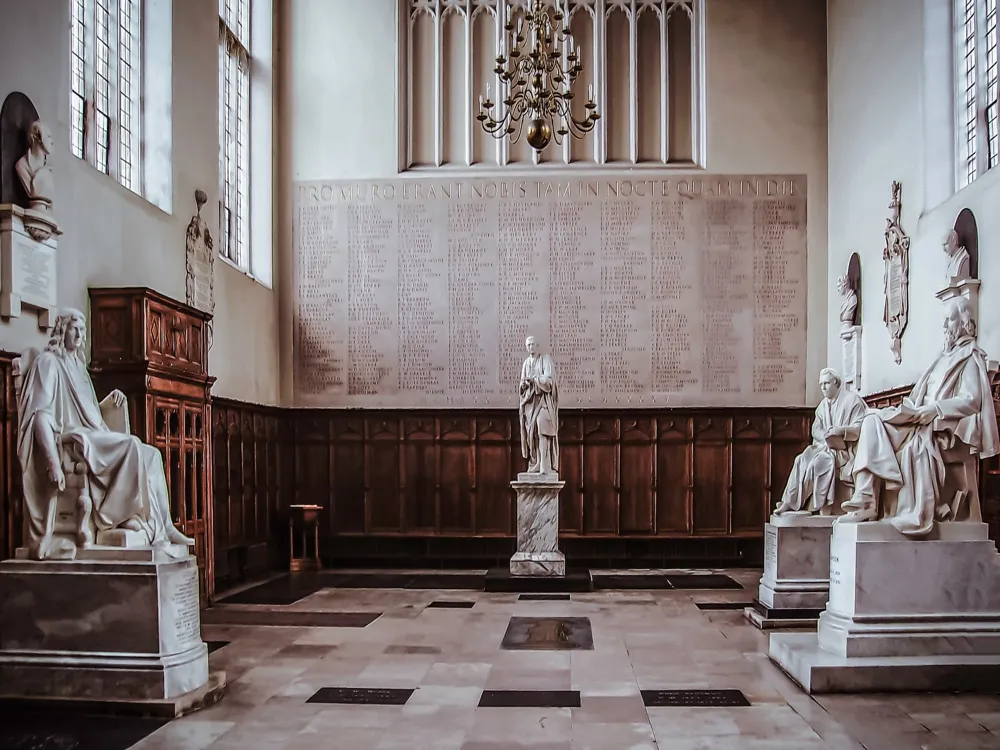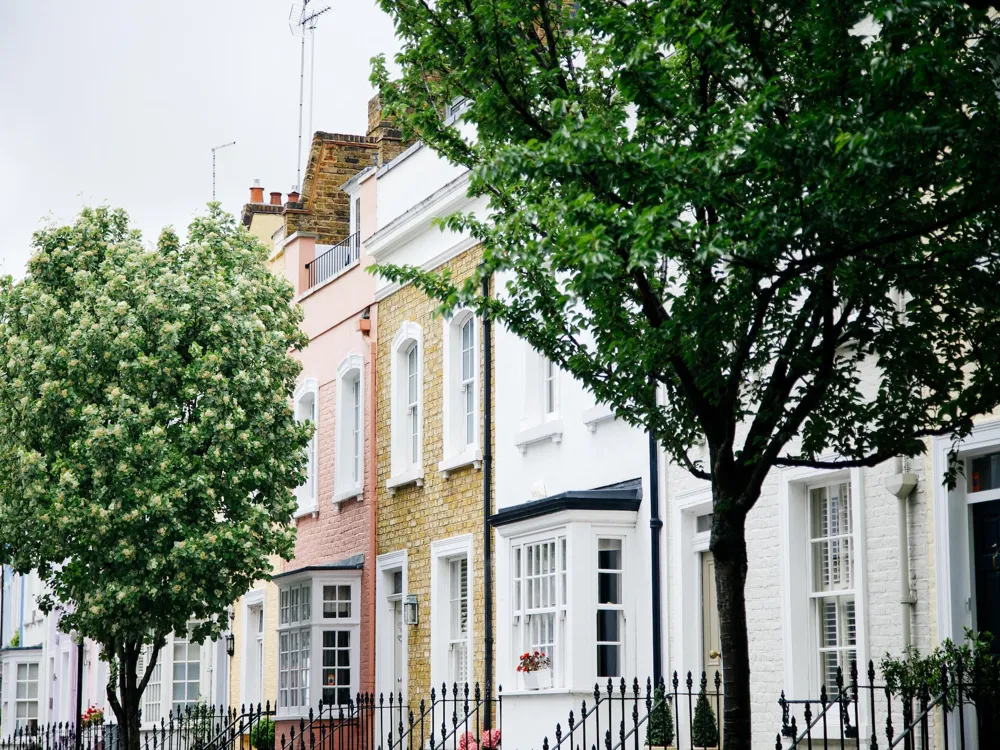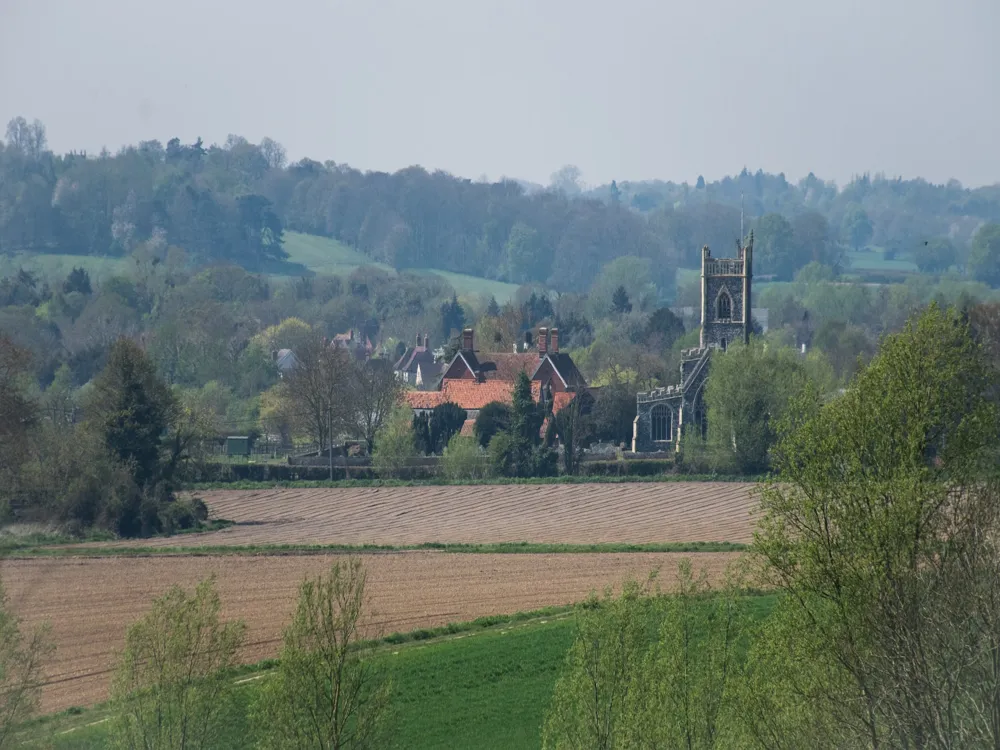The Tower of David, often referred to as the Jerusalem Citadel, is a historic fortress located near the Jaffa Gate entrance to the Old City of Jerusalem. Rich in history, this ancient stronghold has witnessed numerous transformations and has played a pivotal role in the history of Jerusalem. Dating back to the Mamluk and Ottoman periods, it is a symbol of Jerusalem's long and diverse history. Contrary to its name, the Tower of David has little connection to King David. The misnomer dates back to the Byzantine period when Christians believed the site was the palace of King David. The tower we see today is a mixture of various constructions and renovations carried out by Jerusalem's Christian, Muslim, and Jewish rulers over the centuries. The Tower of David boasts an array of archaeological remains that span over 2,000 years, including remains from the Hasmonean, Byzantine, and Early Muslim periods. It provides a comprehensive narrative of Jerusalem's history, serving not only as a fortress but also as a symbol of the city's religious and cultural significance. The architecture of the Tower of David is a reflection of Jerusalem's complex history. The fortress consists of a series of towers, with the oldest parts dating back to the Hasmonean period. The main tower, known as the Phasael Tower, stands tall as a testament to Herodian architecture. It was named after Herod the Great's brother and offers panoramic views of the Old and the New City of Jerusalem. Throughout its history, the Tower of David has undergone numerous renovations and additions. During the Islamic periods, particularly under the reign of the Mamluks and Ottomans, significant modifications were made. These include the addition of minarets, and Ottoman domes, and the integration of Islamic motifs and inscriptions, showcasing a blend of architectural styles. The Tower of David Museum, housed within the citadel, displays exhibits that illustrate the story of Jerusalem. The museum's design integrates the ancient structures with modern elements, making it a unique example of the conservation and presentation of historical artifacts within an archaeological site. Early morning or late afternoon is ideal for visiting the Tower of David to avoid crowds and experience the changing colors of the Jerusalem stone under different light conditions. Consider taking a guided tour to fully appreciate the historical and architectural significance of the site. Audio guides are also available in multiple languages. The site is partially accessible to wheelchair users. It's advisable to check the official website or contact the management for specific accessibility information before visiting. The Tower of David is located near the Jaffa Gate, one of the most accessible gates of the Old City. It is well-connected by public transportation. Buses and light rail services have stops near Jaffa Gate. For those driving, parking is available at the Mamilla Mall and Karta parking lots, both of which are a short walk from the Tower. Read More: Overview of the Tower of David in Jerusalem
Architecture of the Tower of David
Tips When Visiting the Tower of David
Best Time to Visit
Guided Tours
Accessibility
How To Reach the Tower of David
Tower of David
Jerusalem
₹ 50,300 onwards
View jerusalem Packages
Weather :
Tags : Monument
Timings : May - September:
Monday - Thursday, Saturday: 10:00 AM - 5:00 PM,
Friday: 10:00 AM - 2:00 PM,
October - April:
Monday - Thursday, Saturday: 10:00 AM - 4:00 PM,
Friday: 10:00 AM - 1:00 PM
Entry Fee : Adult - NIS 30,
Child - NIS 15,
Student - NIS 20
Planning a Trip? Ask Your Question
Jerusalem Travel Packages
View All Packages For Jerusalem
Top Hotel Collections for Jerusalem

Private Pool

Luxury Hotels

5-Star Hotels

Pet Friendly
Top Hotels Near Jerusalem
Other Top Ranking Places In Jerusalem
View All Places To Visit In jerusalem
View jerusalem Packages
Weather :
Tags : Monument
Timings : May - September:
Monday - Thursday, Saturday: 10:00 AM - 5:00 PM,
Friday: 10:00 AM - 2:00 PM,
October - April:
Monday - Thursday, Saturday: 10:00 AM - 4:00 PM,
Friday: 10:00 AM - 1:00 PM
Entry Fee : Adult - NIS 30,
Child - NIS 15,
Student - NIS 20
Planning a Trip? Ask Your Question
Jerusalem Travel Packages
View All Packages For Jerusalem
Top Hotel Collections for Jerusalem

Private Pool

Luxury Hotels

5-Star Hotels

Pet Friendly







